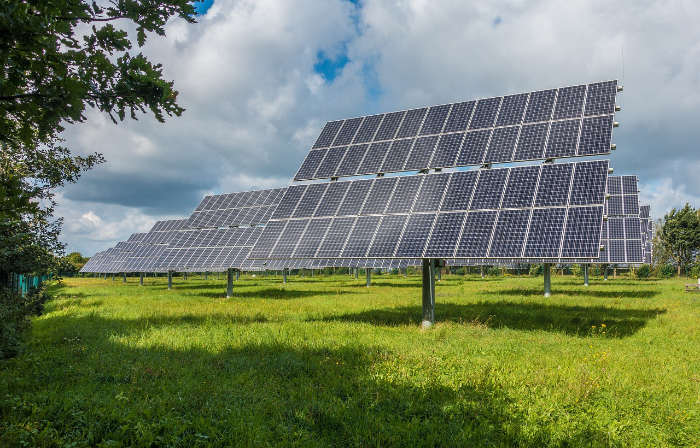Phosphate Reserves by Country 2025
Country | Phosphate Reserves 2024 (t)↓ | |
|---|---|---|
| Morocco | 50B | |
| China | 3.8B | |
| Egypt | 2.8B | |
| Tunisia | 2.5B | |
| Russia | 2.4B | |
| Algeria | 2.2B | |
| Brazil | 1.6B | |
| South Africa | 1.5B | |
| Saudi Arabia | 1.4B | |
| Australia | 1.1B | |
| United States | 1B | |
| Jordan | 1B | |
| Finland | 1B | |
| Kazakhstan | 260M | |
| Syria | 250M | |
| Peru | 210M | |
| Uzbekistan | 100M | |
| Turkey | 71M | |
| Israel | 60M | |
| Senegal | 50M | |
| India | 31M | |
| Mexico | 30M | |
| Vietnam | 30M | |
| Togo | 30M | |
| Total | 73.4B |
- Data are expressed in tonnes, also known as metric tons.
- One tonne = 1,000 kg, or roughly 2,204.6 lbs.
- Reserves are estimated from Jan. 01 of the given year. For example, 2024 reserves shown represent calculated reserves as of Jan. 01, 2024.
- Phosphate reserves often increase from one year to the next, as new methods of detection are introduced and new reserves are discovered.
- In addition to the countries listed, other (unlisted) countries possess reserves totalling 8 billion tonnes in 2024 and producted 800,000 tonnes of phosphate in 2023, 750,000 tonnes in 2022, and 1,950,000 tonnes in 2021.
Phosphate is a compound consisting of a single phosphorous atom molecularly bonded to four oxygen atoms. It’s an important body electrolyte, as it plays a significant role in processes like energy production, DNA synthesis, and organic tissue growth.
It’s also an important source of phosphorous, which is a critical component in products like drinking water and agricultural fertilizer. For that reason, phosphate reserves around the world are vital to modern society and technology.
However, such reserves are not equally distributed from country to country and instead tend to concentrate in specific areas. Here’s a look at which countries and regions have the highest reserves, as well as a few contributing factors that may affect access.
Leading Phosphate-Producing Countries
In 2023, the world’s leading phosphate producers include the following countries:
- Morocco is by far the world’s largest producer of phosphate, as it currently holds approximately 50 billion metric tons in reserve – about 70 percent of the world’s total phosphate
- Egypt comes in second with 2.8 billion metric tons
- Tunisia and Algeria hold 2.5 billion metric tons and 2.2 billion metric tons, respectively
- China holds 1.9 billion metric tons
- Brazil and South African each hold 1.6 billion metric tons
- Saudi Arabia holds 1.4 billion metric tons
Other countries holding a significant portion of the world’s current phosphate reserves include Australia, the United States, Finland, Jordan, and Russia.
There are also certain regions of the world – such as the Western Sahara – that are technically phosphate-rich but present access issues for many of the stakeholders involved.
Factors That Contribute to Global Phosphate Distribution
There are various other factors that play into how phosphate is distributed and leveraged around the world. Here are some key examples to keep in mind.
Geological Factors
A country’s ongoing geological history is a huge factor in the prevalence of naturally occurring phosphate within its borders. Some processes – such as mineralization and sedimentation – take many millions of years to come to fruition.
Technological Access
Having naturally occurring phosphate within borders is really only part of the battle when it comes to a country’s phosphate reserves. That country must also possess the ability to extract it, which is largely dependent on technological capabilities.
Environmental Concerns
Increasingly strict environmental regulations may also impact a particular country’s ability to successfully mine, store, and export its phosphate stores.
Geopolitical Relationships
As with anything to do with global resources, geopolitical relations definitely factor into a country’s ability to access, exploit, and benefit from phosphate located in certain world regions.

























